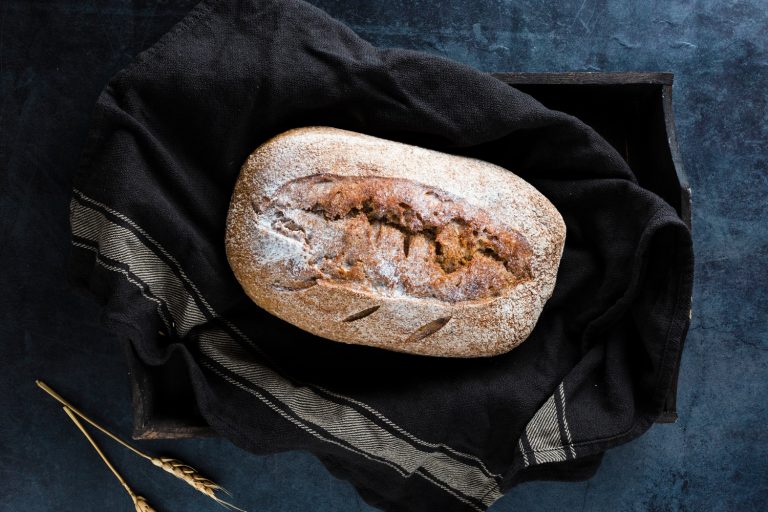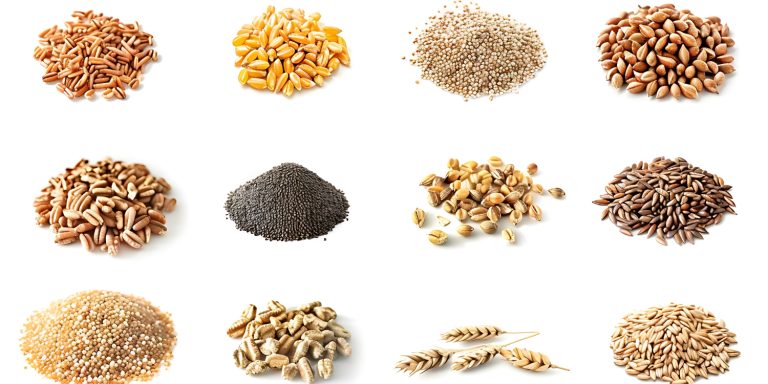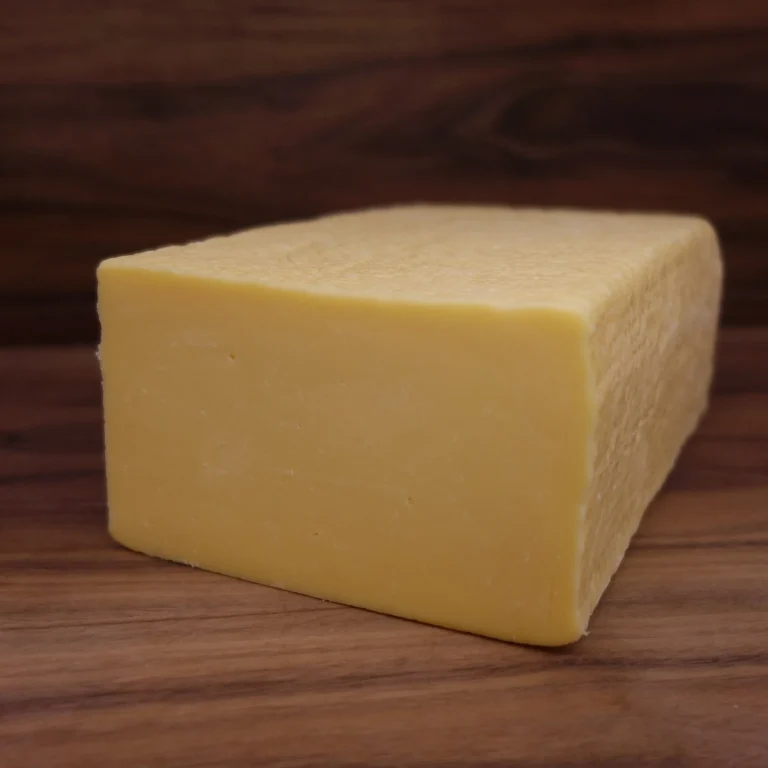How to Master the Window Pane Test for Perfect Bread
The window pane test remains one of the most reliable ways to determine perfect dough development in bread making. This simple yet effective technique helps bakers know when their dough reaches optimal gluten development and creates bread with superior texture and structure. The test is a vital indicator that professional bakers use to check dough readiness before proceeding with bulk fermentation.
Becoming skilled at the window pane test depends on proper dough handling, stretching techniques, and understanding gluten development science. This guide shows you how to perform the test correctly and precisely interpret the results. You will learn to adjust kneading methods for different types of dough. The guide covers everything in troubleshooting and shows how the test works with bread styles of all kinds, from simple white loaves to whole grain varieties.
What is the Window Pane Test?
The science behind bread making begins when you learn everything in techniques like the window pane test. This test is a vital way for bakers to check if their dough has developed sufficient gluten structure that ensures optimal bread quality.
Definition and purpose
The window pane test assesses the development of the gluten network in bread dough. A baker stretches a small piece of dough gently until light passes through the thin, unbroken surface. The dough’s translucent membrane-like quality inspired the test’s name.
Importance in bread making.
This test shows how solid and elastic the dough’s gluten structure is. The dough needs a well-developed gluten network that:
- Makes a framework to capture the yeast’s carbon dioxide
- Helps dough rise and keep its shape
- Makes the bread’s final texture and crumb structure better
- Shows when you’ve kneaded the dough enough
When to perform the test
The right moment to perform the window pane test is vital for successful bread-making. Bakers should get a complete picture of their dough:
- During the original dough preparation, if unsure about gluten development
- While working with unfamiliar recipes or new flour types
- To check enriched doughs that contain butter, eggs, or sugar
- Before starting bulk fermentation
- To adapt to different flour proteins
Important note: Bakers working with whole-grain breads or doughs containing seeds and nuts should test a clean portion without additives. These ingredients can affect accurate results. Furthermore, some long-fermented doughs like sourdough might not need this test because gluten develops naturally over time.
The window pane test provides unmatched value to new bakers still learning to sense dough readiness. Experienced bakers also rely on it when they work with challenging recipes that need precise gluten development.
How to Perform the Window Pane Test
The window pane test demands careful attention and proper technique that helps bakers achieve consistent results with different types of dough.
Step-by-step instructions
- Take a sample: Grab a golf ball-sized piece of dough from your main batch.
- Flatten the dough: Push it until it reaches ¼-inch thickness. Let it sit for 5 minutes so the gluten relaxes.
- Begin stretching: Your thumbs and first two fingers should gently pull the dough outward.
- Create membrane: The dough needs steady stretching until its center becomes thin and see-through.
- Check transparency: The stretched dough’s thickness can be assessed by holding it against light.
Tips for Success
Your success at window pane testing depends on several elements that impact dough elasticity and development. The room temperature must stay consistent, and your dough’s hydration must reach proper levels. The dough is ready to test when it feels smooth and elastic.
Important considerations:
- Let your dough rest if it resists stretching
- Apply gentle, even pressure as you stretch
- Keep your dough at the same temperature
- Work with clean, slightly wet hands
Common mistakes to avoid
Bakers often struggle with the window pane test. Let’s look at some common pitfalls and how to get better results:
Timing errors: The dough needs time to build its gluten structure through kneading or bulk fermentation. Testing too soon or rushing the stretch will give you false negatives.
Handling issues: The dough will tear if you handle it roughly. Slow, gentle stretches that let the gluten network expand naturally will give you better results.
Environmental factors: Temperature and humidity play a vital role in your results. Cold dough or a dry environment can throw off your test. The right dough temperature and proper hydration levels make a big difference.
Rich doughs with butter and eggs need more time in the mixer before testing. These ingredients slow down gluten development, so you must knead longer for that perfect stretch.
Interpreting the Results
The window pane test shows when gluten has adequately developed in the dough. Bakers who understand these indicators can effectively check their dough’s readiness and solve common problems.
Signs of proper gluten development
Well-developed dough shows several distinctive features when tested:
- Stretches into a thin layer that light can pass through without breaking
- Creates a smooth, see-through membrane
- Stays elastic but doesn’t snap back right away
- Takes on a silky, even texture
- Maintains consistent thickness as you stretch it
Troubleshooting failed tests
Your dough might not achieve the desired windowpane effect due to several factors. Bakers can make the work to be done easier by understanding these problems:
| Issue | Likely Cause | Solution |
|---|---|---|
| Immediate tearing | Insufficient kneading | Continue kneading for 2-minute intervals |
| Uneven stretching | Poor hydration | Adjust water content gradually |
| Rough texture | Protein content too low | Think about higher-protein flour |
| Excessive resistance | Over-kneading | Allow dough to rest |
Adjusting kneading time and technique
Proper gluten structure development requires the right timing and technique. Standard bread doughs require at least 8 minutes of machine kneading or 15 minutes by hand. Temperature control is vital because warm dough produces excess gas and becomes hard to knead properly.
Bakers should focus on these critical techniques:
- The proteins need slow initial kneading for complete hydration
- You must apply steady pressure throughout
- The dough temperature needs monitoring during long kneading sessions
- Stretch and fold techniques help during bulk fermentation
Enriched doughs with fats and sugars might need extended kneading times because these ingredients slow down gluten development. Dough improvers like lecithin or ascorbic acid can strengthen the gluten bonds if your dough repeatedly fails the window pane test.
Applying the Window Pane Test to Different Bread Types
Each bread recipe needs its approach to developing gluten and testing methods. Bakers can get better results when they know how different types of dough respond to the window pane test.
Lean doughs vs. enriched doughs
Lean doughs made with flour, water, salt, and yeast reach the window pane stage faster than their enriched counterparts. But doughs with butter, eggs, and sugar need extra attention:
| Dough Type | Testing Characteristics | Kneading Requirements |
|---|---|---|
| Learn | Quick to develop, transparent membrane | Standard kneading time |
| Enriched | More resistant, needs patience | Extended mixing duration |
Temperature consideration: Doughs with soft fats stretch better when warm. Excellent doughs prepared for overnight fermentation might not cooperate as much during testing.
Whole grain and alternative flour considerations
Whole grain flours create unique challenges because of their bran content. Several factors affect the window pane test:
- Bran takes longer to soften when adding water
- You’ll spend more time kneading than with refined flour
- Sharp bran particles can easily tear the membrane
- The dough just needs more water
Fresh-milled flours deserve extra attention. To develop proper gluten, they require much more kneading time than store-bought options.
Adapting the test for various recipes
Testing modifications depend on your recipe requirements and flour composition. Bakers should think about these factors to achieve optimal results with different bread types:
- Sourdough applications need less aggressive kneading because extended fermentation naturally develops gluten
- High-hydration doughs need gentle handling during testing
- Multi-grain recipes work best if you test a clean portion of dough without visible grain pieces
- Enriched formulas take longer to develop and show slightly different membrane characteristics
Whole-grain doughs benefit from overnight refrigeration. This process lets the bran soften naturally and reduces its tendency to tear gluten strands as the dough is stretched.
Conclusion
Becoming skilled at the window pane test is essential for any baker who wants to create exceptional bread. This simple yet powerful technique shows how gluten development progresses and helps bakers determine when dough is ready in all types of bread. Bakers achieve professional results through proper test execution, result interpretation, and recipe-specific adjustments.
Quality ingredients and proper techniques lead to successful bread-making. Bakers who excel at the window pane test create bread with superior texture and structure. Improve your bread and pizza results with an authentic artisanal sourdough starter from The Yeast We Can Do. Our small-batch starter helps passionate home bakers and restaurant owners add true sourdough’s distinctive flavor and character to their menu. The result is exceptional bread and pizza with perfect tangy flavor and signature crust. You can revolutionize your baking by emailing john@theyeastwecando.com to get our premium sourdough starter.
FAQs
How can I successfully perform the window pane test for bread?
- To pass the window pane test, knead the dough adequately until it is stretched thin enough to allow light to pass through without tearing.
What could be the reason my bread doesn’t pass the windowpane test?
- If your bread or pizza dough fails the windowpane test, it is likely due to under-kneading. This insufficient kneading prevents the dough from developing the right texture.
Is it necessary for cinnamon roll dough to pass the windowpane test?
- Yes, cinnamon roll dough should pass the windowpane test. This involves stretching a small piece of dough until it is thin enough to see light through it without the dough tearing.
When should the windowpane test be applied in bread making?
- The windowpane test is typically used during the kneading stage to check if the gluten in the dough has developed sufficiently to proceed with the baking process.
What are some tips for scoring bread perfectly?
- While the original input did not provide specific tips for scoring bread, it generally involves making shallow cuts on the surface of the bread dough before baking to help control its expansion and improve the appearance of the baked loaf.






